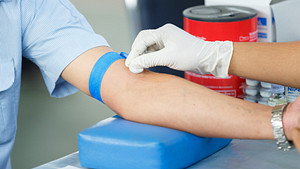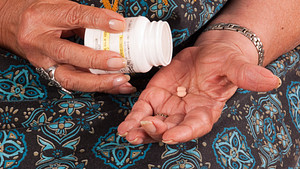Although there is no specific test to confirm polymyalgia rheumatica, doctors can use information from the patient’s physical examination, laboratory tests, and medical imaging to arrive at an accurate diagnosis.
Polymyalgia Rheumatica
Please see the index below for a list of all our articles on Polymyalgia Rheumatica.
If you are new to the subject, we recommend starting with: What Is Polymyalgia Rheumatica?
Article
Polymyalgia Rheumatica Symptoms
Polymyalgia rheumatica causes several physical and emotional symptoms. Initial physical symptoms include joint pain and stiffness, tiredness, fever, and muscle aches. As the inflammation in the joints worsen, additional symptoms may arise.
Article
Polymyalgia Rheumatica Treatment
Polymyalgia rheumatica treatment typically includes glucocorticoid medications used in combination with supplements, exercise, and a healthy diet.
There are several risk factors that increase a person's likelihood of developing polymyalgia rheumatica, including age and sex. Learn more about the risk factors of polymyalgia rheumatica as well as the potential causes being investigated by researchers.
Article
What Is Polymyalgia Rheumatica?
Polymyalgia rheumatica (PMR) is an inflammatory disease that causes joint pain the neck, shoulders, and hips. Learn more about the causes, symptoms, and treatments for PMR.








